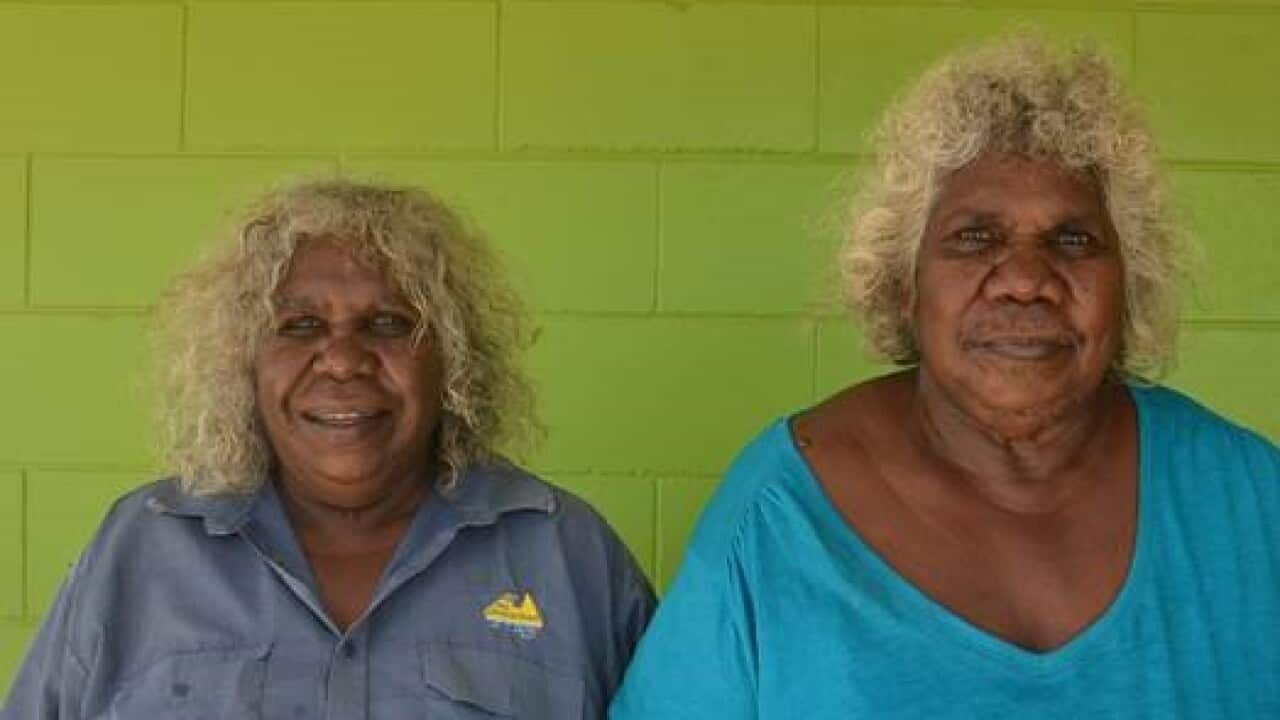After more than 50 years of research, The Warruwi community of Arnhem Land has compiled the most comprehensive Mawng Dictionary to be published.
Mawng is a language spoken by around 400 people in the western part of the region on the islands of Warruwi and Weyirra (North and South Goulburn Islands), and part of the mainland nearby.
Rosemary Urabadi researched Kunteypi kin terms for the new dictionary.
“It gives strength to speak in our language,” she said.
"Language is important to our culture, kinship and family connections”.
Ms Urabadi learned to write Mawng using the first Mawng Dictionary printed at Warruwi School for a bilingual program launched in 1973.
She said she’s excited for the school’s students to learn and teach the language as copies of the latest version are soon to hit their shelves.
“They can see their skin names, totems, family names, place names and animals names… so the kids can learn there,” Ms Urabadi said. The new dictionary, published by Aboriginal Studies Press, also includes explanations of the spelling system and kinship terms, cultural practices, as well as 300 illustrations and an English word finder.
The new dictionary, published by Aboriginal Studies Press, also includes explanations of the spelling system and kinship terms, cultural practices, as well as 300 illustrations and an English word finder.

An extract of the new Mawng Dictionary published by the Aboriginal Studies Press.
Ms Urabadi’s uncle Philip Ambidjambidj was involved in compiling the early version of the dictionary with missionary nurse Heather Hewett who learned Mawng to provide better care for her patients when she arrived at Warruwi in 1952.
“I was born when she was working here on the island with the people,” Ms Urubadi said.
“Heather picked up the alphabet and words in language, and she learnt how to pronounce them.”
Veteran linguists Ms Hewett and Mr Ambidjambidj are among the seven authors involved in compiling the latest version, alongside Ms Urabadi and her sister Nita Garidjalalug.
Ms Urabadi said she hopes the dictionary continue their legacy of investigating Mawng language and culture.
“(I hope) they will ask questions, they will call me and say Rosemary, how do you spell this? What does this word mean to me," Ms Urabadi said.
“Because some of the words are a bit hard, maybe some young people don’t understand so I can explain more."










